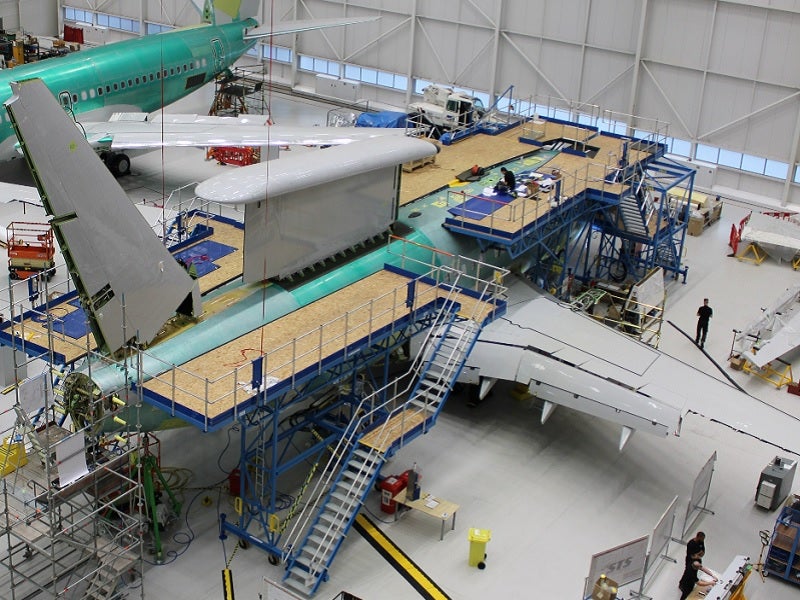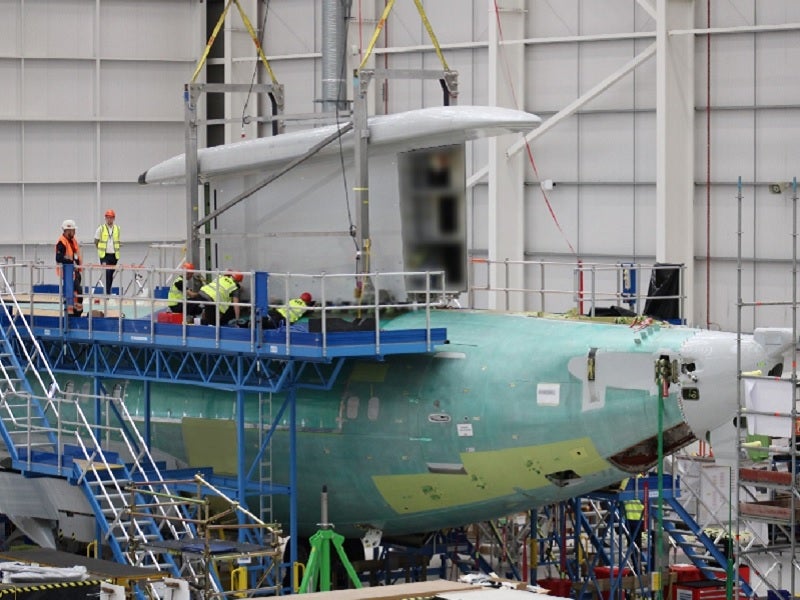
The three E-7 Wedgetail Airborne Early Warning and Control (AEW&C) aircraft due to enter service with the UK Royal Air Force (RAF) will cost £630m each, despite savings resulting from reducing the planned buy down from an initial five platforms.
In reworking the planned acquisition, the UK Ministry of Defence (MoD) has shaved £265m off the expected programme cost for the three aircraft to £1.89bn, down from £2.155bn originally.
The figures came to light in a 13 December Parliamentary written response from the UK Government, and do not take into account the estimated forecast savings from long-term sustainment through reduced support costs as a result of the reduction in fleet size.
As was revealed in 2021, the first two airframes of the E-7 programme, which is based on the 737 Next Generation airliner, were initially operated by commercial airlines based in China and Hong Kong before being acquired by US manufacturer Boeing via a broker.
A January 2021 Hansard response stated the move to use second-hand airframes provided a “significant schedule and cost benefit” to the programme, which would “enable this vital capability to be introduced sooner than would have been the case if new airframes had been manufactured”.
In addition, it appears that a further £85m will be saved as a result of infrastructure savings, bringing the combined total to “around £350m”, according to another Hansard Parliamentary written response.

US Tariffs are shifting - will you react or anticipate?
Don’t let policy changes catch you off guard. Stay proactive with real-time data and expert analysis.
By GlobalDataA new Full Business Case for the E-7 acquisition is still being written up by the UK MoD, which is expected to be finalised by mid-2023.
STS Aviation Group is converting the three secondhand Boeing 737NG aircraft into the E-7 Wedgetail configuration at its Birmingham site in the UK, with the first of the Northrop Grumman Multi-Role Electronically Scanned Array (MESA) surveillance radar having been installed on the lead platform.

With the arrival of the first aircraft now due in 2024 at the earliest and an even longer wait for initial operating capability, a key airborne early warning gap continues to remain unfilled following the removal of the E-3D Sentry fleet from UK service in 2021.
UK MoD procurement arm Defence Equipment and Support (DE&S) revealed in November that the first MESA radar had been installed on the first E-7, forming the distinctive ‘wedge’ that gives the Wedgetail its moniker.
Despite efforts to reduce the cost of the programme, the £630m per unit cost does not tally well with other planned operators of the type, even considering economies of scale from larger order runs. By comparison, the US Air Force is also moving ahead to acquire the E-7, committing $227m in FY23 funding to the research, development, test and evaluation of the first aircraft.
The UK plan to acquire a handful of US-origin aircraft for the RAF is not a new one, having in the mid-2010 sought to purchase three used KC-135 Rivet Joint intelligence, surveillance, target acquisition and reconnaissance platforms for a combined total of around $1bn.
After modernisation the type was designated RC-135W Airseeker in UK service, with the final aircraft arriving in 2017. In 2021, the UK MoD agreed a near-£1bn with the US Department of Defense to extend support for Airseeker out to 2035.



